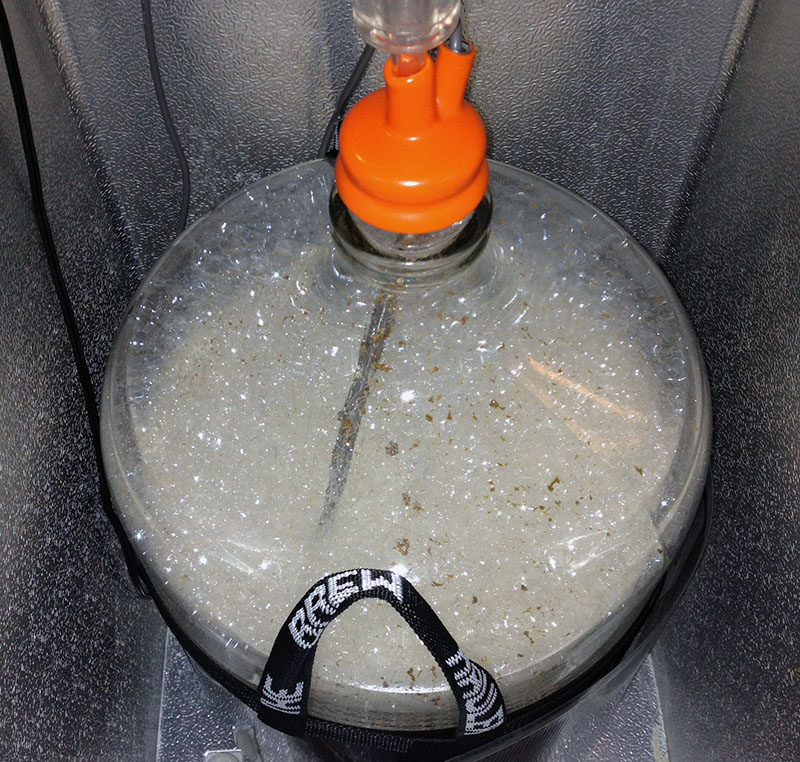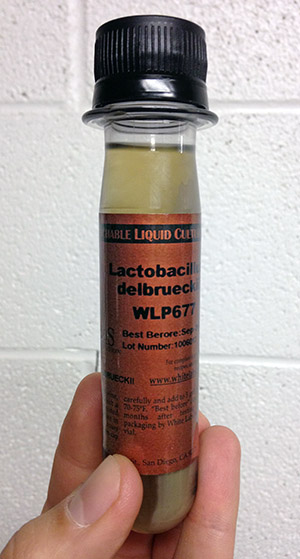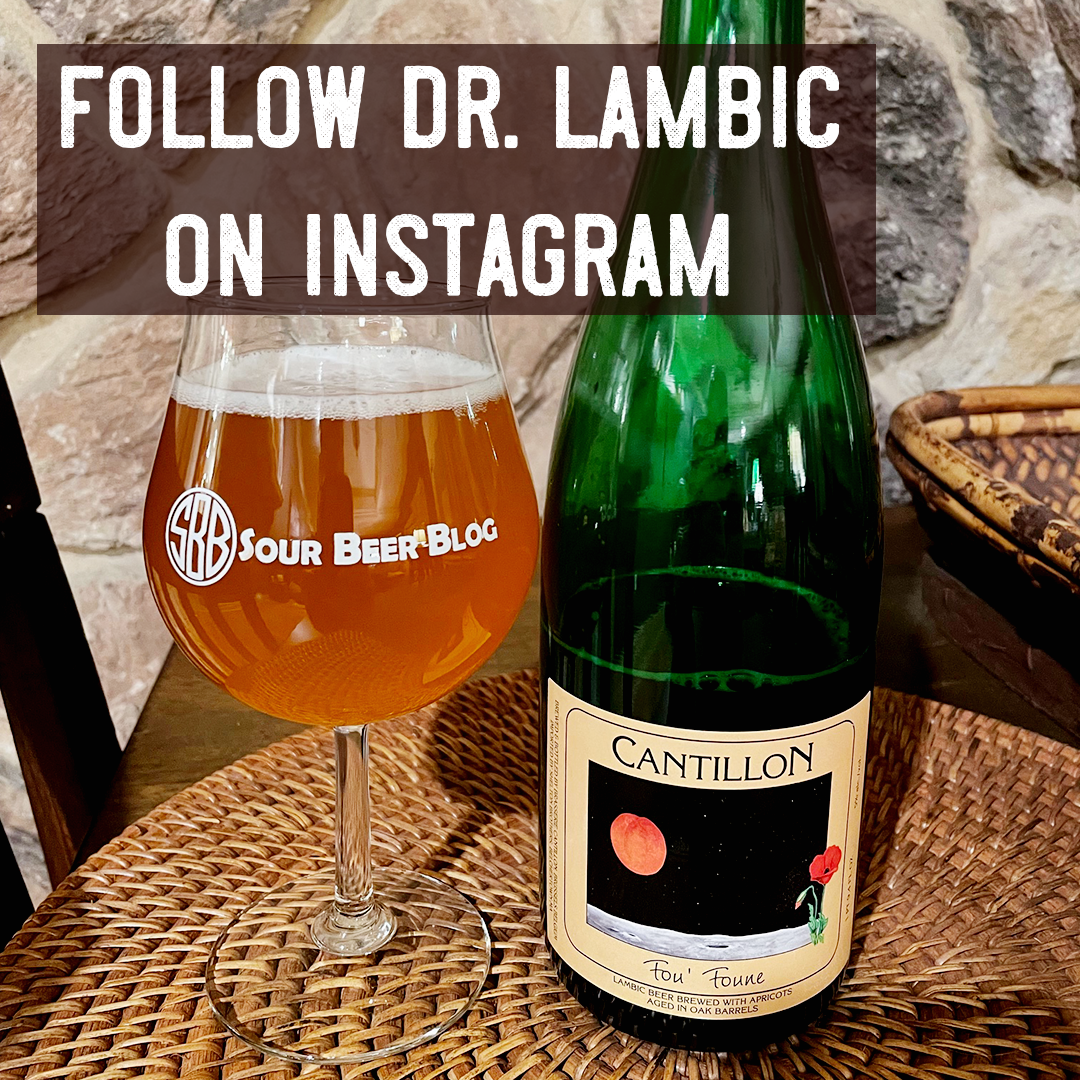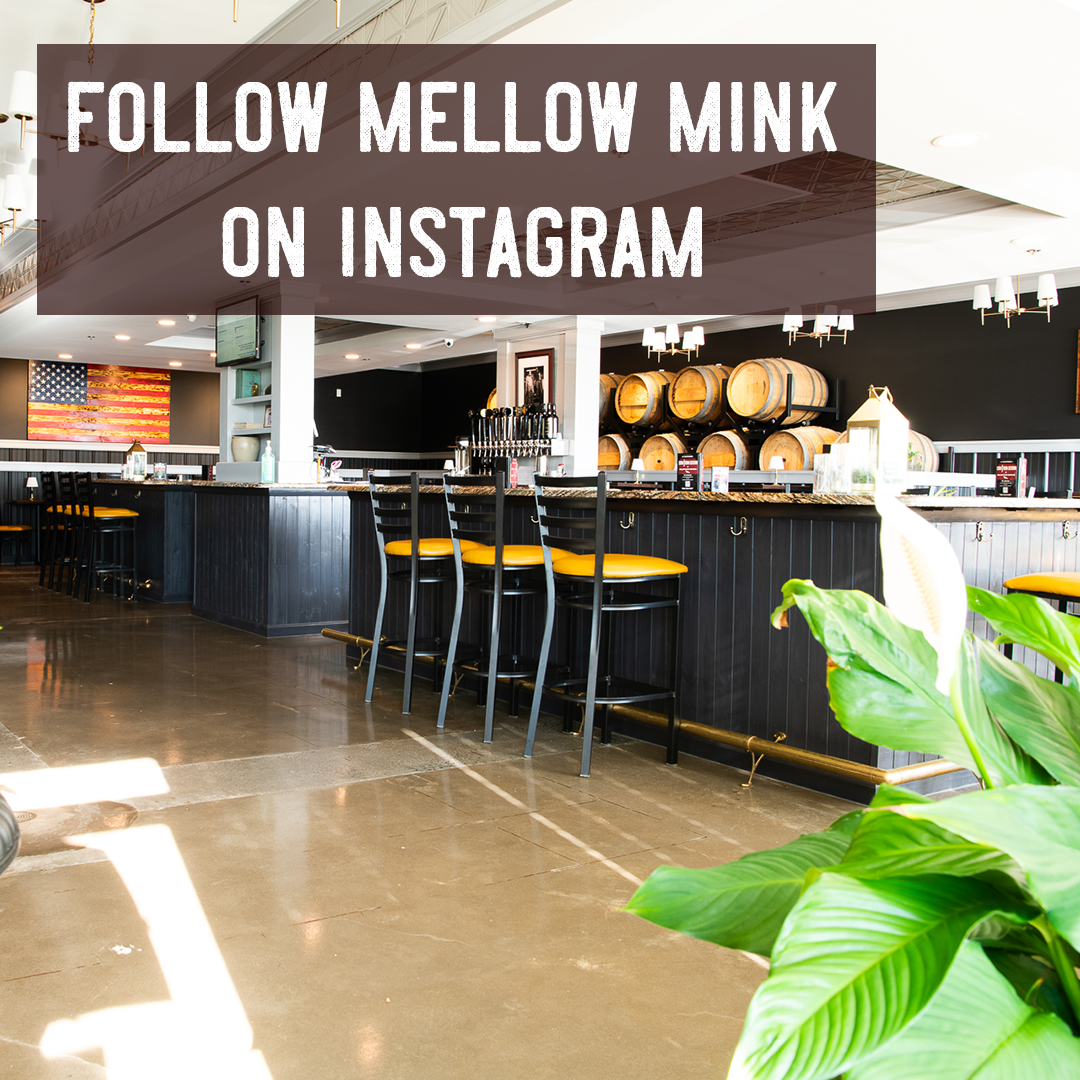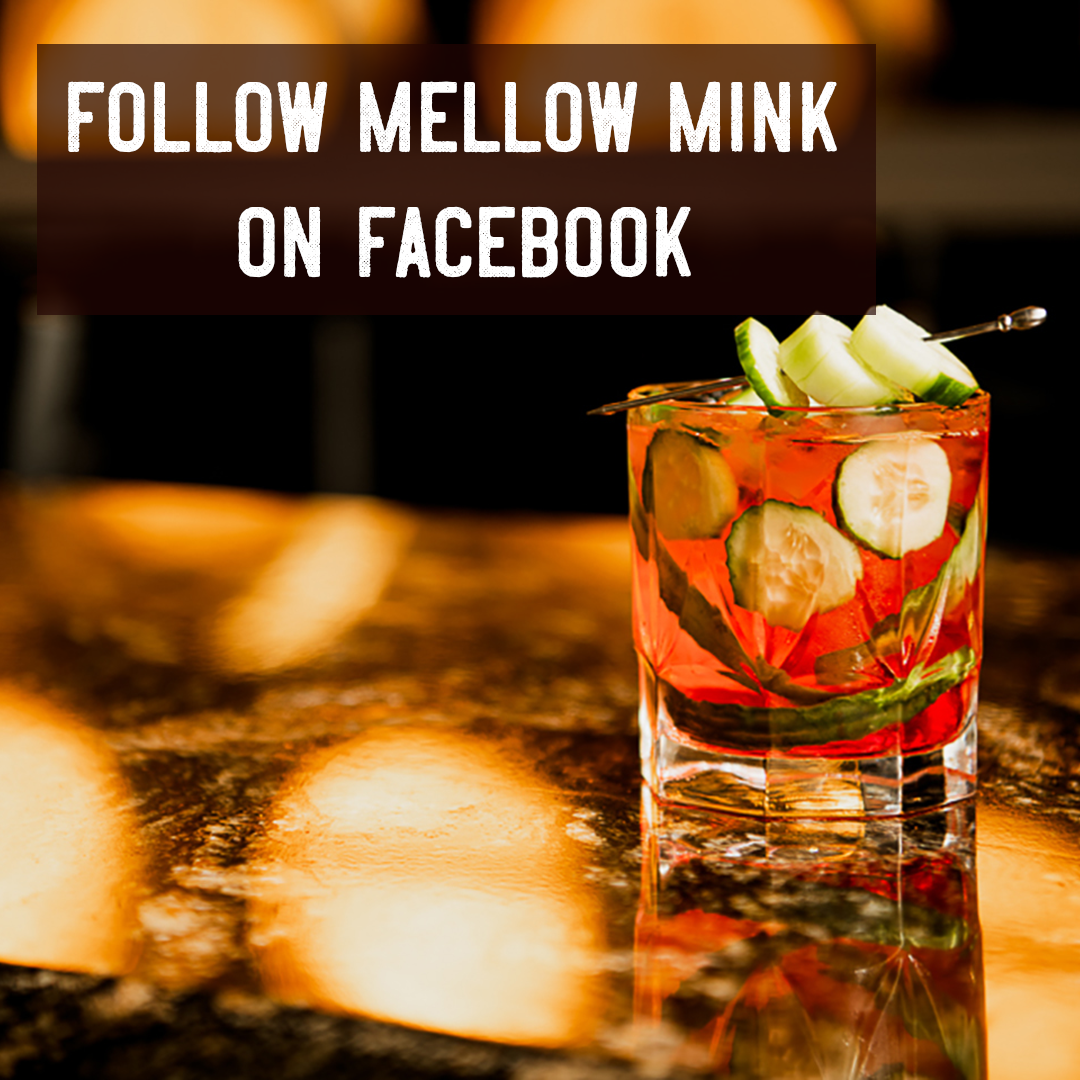Hello Sour Beer Friends!
Once I decided to create this blog, one of the ideas that I have been most excited about was the opportunity that it would give me to interact with the sour beer community. Although at this point the site is little more than a month old, I have already gotten some very positive feedback from fellow sour beer fans out there! Personally, I really enjoy getting to share my insight and experiences with my readers, and I love to help educate people in any way that I can. To this end I will be answering any questions that I can on the site in a regularly updated feature called “Ask Dr. Lambic”. I want to encourage anyone who has questions about an article or review that I’ve written, about brewing, or about sour beers in general to please send them in either through the site, or through my Facebook or Twitter feeds. I very much look forward to hearing from you!
With that said, I would like to kick off “Ask Dr. Lambic” by answering a question I received today in response to my review Two Pennsylvania Berliner Weisses:
“I am starting a brewery in Minnesota and looking forward to taking my ten gallon batches of Berliner Weisse into 15 BBL batches. When you say confusion over how to brew the style and DMS issues, can you elaborate on this?” – Richard Drawdy
Thank you Richard for being the first to write in with a question! To give a little background for those of you who may be unfamiliar with the Berliner Weisse style, it is a low alcohol sour wheat ale traditionally brewed in Germany. Berliner Weisses are typically made with a blend of approximately half wheat and half pilsner malt. They have very restrained hopping for low bitterness and no apparent hop flavor or aroma. Traditional examples are very sessionable at approximately 2.8% to 3.8% ABV (although American examples do sometimes push this up to below 5%). These beers will have a sharp souring profile made entirely from lactic acid with no presence of acetic acid (vinegar). Brettanomyces is typically absent from these sours but if it is used in the fermentation its characteristics should be restrained to doughy or tropical fruit notes without any significant presence of leathery, cheesy, or barnyard characteristics. Typically these beers will have a light cracker and dough like malt sweetness with noticeable wheat flavor and a medium to high level of souring. The finish should be dry and refreshing and the body of the beer should be low to medium with a high level of carbonation. Berliner Weisses are typically the “cleanest” of the sour beers. They generally have little to no funk and are a fairly straightforward mixture of tangy yogurt and lemon-like sourness with a wheat flavored malt backbone. Easy drinking and refreshing would be keywords to describe these beers.
When brewing these beers, there are several approaches that I have seen used with success. Some brewers mash and boil these beers as they would with any others, then pitching a mixed culture of Lactobacillus and Saccharomyces at the same time to sour and ferment the beer. In this method the beer will typically need to age for several months to achieve souring. I would caution that if aging a light wheat beer for this length of time, a brewer will need to be very careful to protect the beer from oxygen to avoid staling of the wheat character and to avoid potential acetic acid formation. Additionally this method may result in a beer that is only lightly sour and the beer may need to have additional acid added to the final product to achieve the intended level of souring.
Another popular method of brewing this beer would be the “sour mash” method. In this method a typical mash is carried out at first. Rather than sparging, the mash is cooled down to about 105 to 115 degrees F and a handful of fresh grain is dropped into the mash. This temperature is held for a day or two during which time Lactobacillus and other potential bacteria in the grain bed sour the beer. After this time the mash can be heated up to sparging temperature and a regular sparge and boil can be carried out. This method is popular because the boil will kill off any souring bacteria before the beer goes into the fermenters. This method typically works well to achieve a higher level of souring in the beer although due to the less predictable environment and potential microbes in the grain bed this method can yield unpredictable results. Occasionally this method can lead to stinkier and more enteric characteristics (aromas of manure and flavors of bile). However, if some care is taken to protect the sour mash from oxygen these funky off-flavors and aromas can generally be avoided.
A third method used to sour these beers would be a “sour kettle” or “sour wort” method. In the sour kettle method the grain is mashed and sparged as usual, and then a standard boil takes place. After the boil the wort is cooled to 105-115 F and held in the kettle. Here the handful of un-crushed base malt or culture of Lactobacillus is added and the wort sours over several days while being held at this warm temperature. After souring, the beer is returned to a boil, chilled and fermented with Saccharomyces. This method attempts to remove some of the unpredictability of the sour mash by killing off all the stray microbes from the mash before adding a hopefully more pure dose of Lactobacillus. This method also then kills off the Lactobacillus after souring so that no souring bacteria go into the fermenters. Of course this method has the drawback of tying up your boil kettle for several days. The “sour wort” method is practically identical except that the wort is kept warm in the fermenter with only Lactobacillus souring the wort for several days before the yeast is pitched. In the sour wort method the Lactobacillus is never killed off it is only given first-shot at the high sugar wort for several days before Saccharomyces is added.
Each of these methods can produce excellent results when dialed in for a brewers system and processes. Both the mixed culture and the sour wort methods will produce beers with living Lactobacillus in the final product so the beer’s flavor and sourness may evolve over time while the sour mash and sour kettle methods both will produce beers with a fixed level of acidity.
One process I have not mentioned yet but has become popular (especially in homebrewing circles) is the no-boil approach. In this method the mash is conducted as usual and the beer is then sparged directly into a fermenter, completely bypassing the boil. The idea here is that by bypassing the boil, some Lactobacillus (which lives naturally on the surface of all base malt) will survive the mash and can go to work souring the beer directly. This method is sometimes combined with sour mashing or sour kettling to increase the population of Lactobacillus and produce more souring more quickly.
So now to discuss what I meant by “confusion over how to brew the style”. The problem with a lot of Berliner Weisses that I have tasted is that they often taste like they contain the water drained out a can of cooked corn which indicates that there is a lot of DMS (DiMethyl Sulfide) present in these beers. All barley malt naturally contains a flavorless chemical called SMM (S-Methyl Methionine). When heated, SMM is converted to DMS (which has the flavor of cooked corn). Luckily DMS is very volitile and readily boils off from a beer during a normal rolling boil. SMM levels are especially high in very lightly kilned malts like pilsner malt, making these malts especially prone to the production of DMS and necessitating longer boil times (generally 90-120 minutes).
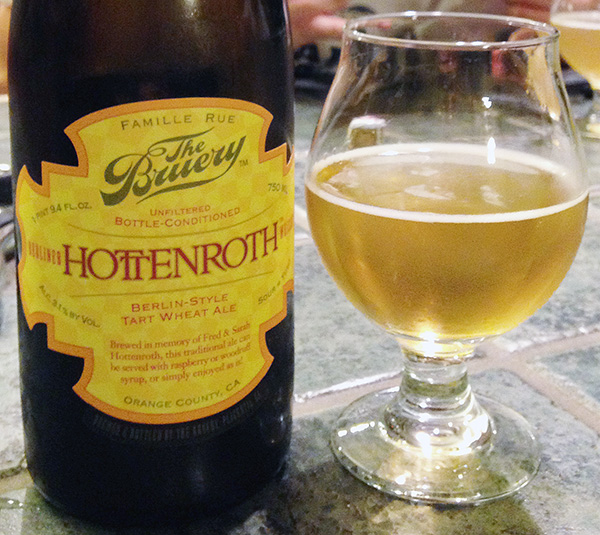
The Bruery’s Hottenroth is an excellent example of a clean and sour Berliner Weisse suffering from none of the off-flavors discussed here.
Here’s the issue: Most Berliner Weisse recipes call for about 50% pilsner malt which is very prone to the formation of DMS and DMS can form at temperatures well below boiling such as those held during a typical sparge (168 degrees F). Therefore, even under the best circumstances the no-boil method can lead to some level of DMS in the beer. The really big problem occurs when brewers try to combine the no boil method with the sour mash method. Because these brewers want to kill off the Lactobacillus before the wort reaches the fermenter, they will often bring the wort up to a short boil (for like 15 minutes) to pasteurize the beer. This short boil, in essence, is producing a ton of DMS without giving the wort a long enough boil to get rid of it.
All of these various brewing techniques can and have produced great Berliner Weisses when care is taken to perform them properly. In my experiences, the two major off flavors I have tasted in various examples of Berliner Weiss are either the presence of DMS or the presence of fecal aromas or bile-like flavors arising from a sour mash that went too wild. In the case of the sour mash, if it works for you go for it, but if the beer is coming out fecal, astringent, solventy, like bile, like sweat, strongly musty, or dirty tasting, opt for the sour kettle or sour wort methods of souring. If you want to try no-boil, you have to fully commit to it… don’t boil the beer at all and when mashing and sparging try to keep your temperatures a little on the cool side. Otherwise, mash as normal and use any souring method you prefer but give your wort a full 90 minute rolling boil to eliminate DMS problems.
Thank you again Richard for your question! If any readers would like to see their questions answered on the site or have recommendations for articles or reviews please send them in.
Cheers!
Matt

